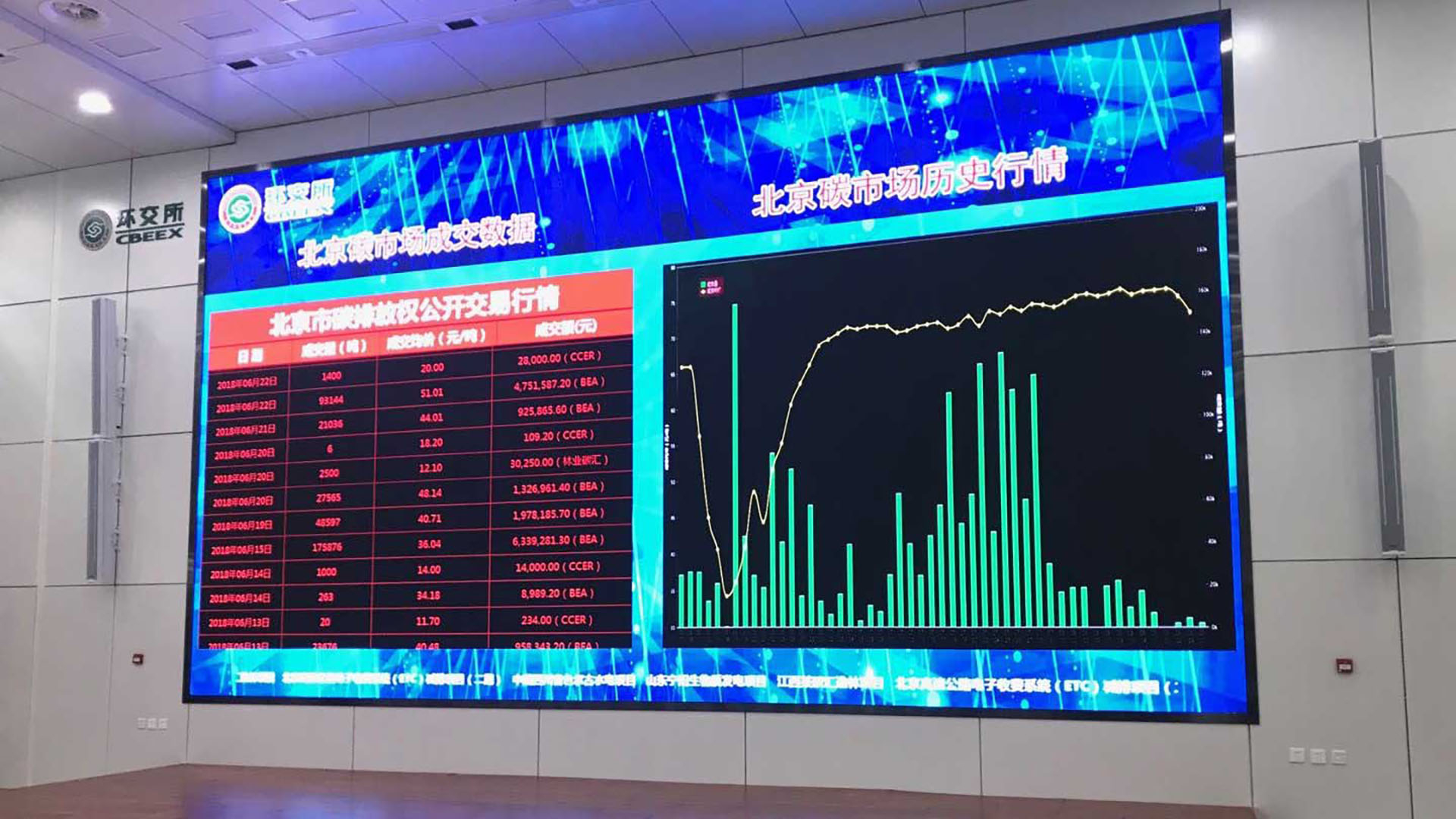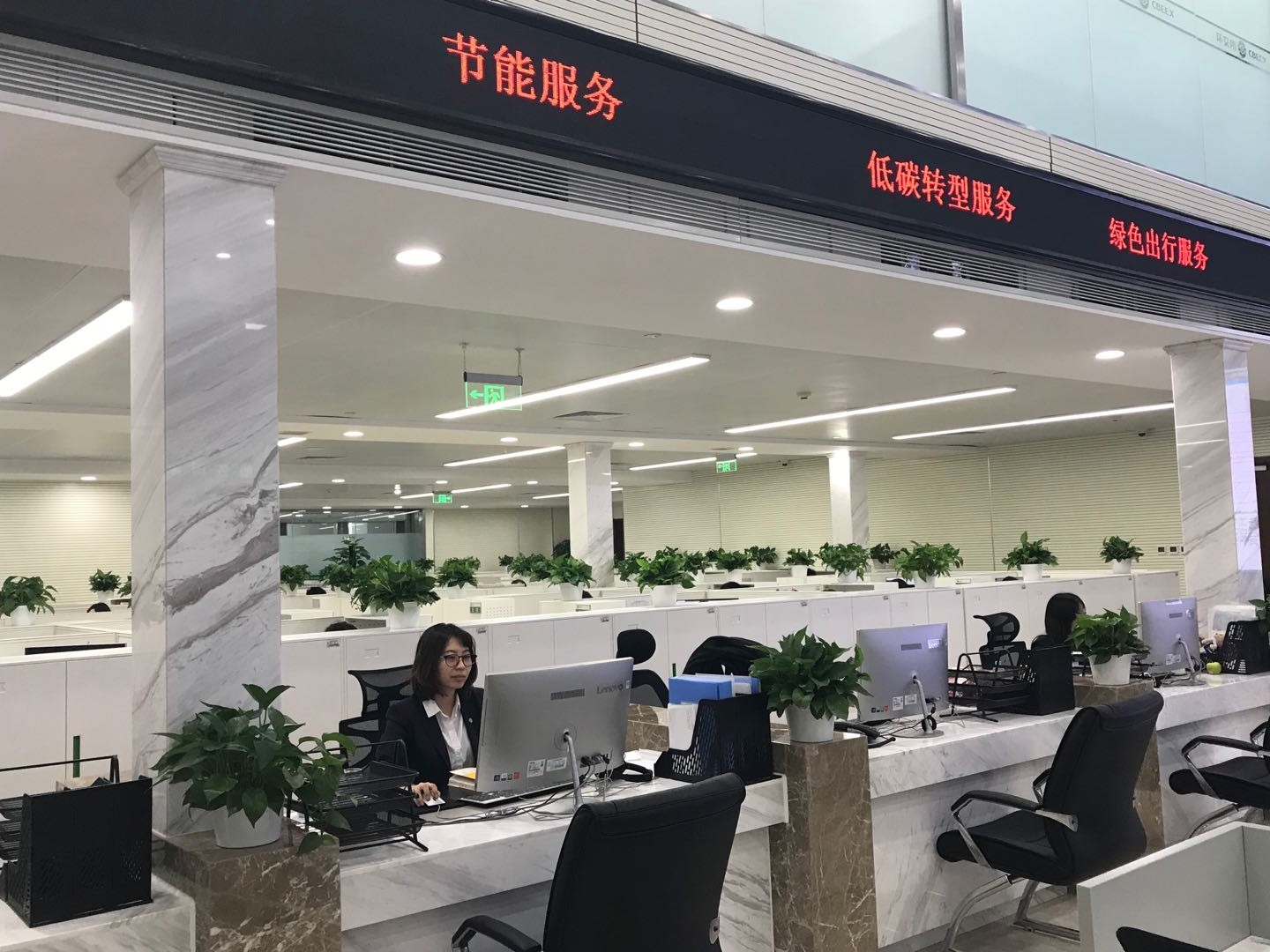
COP24
22:53, 07-Dec-2018
Carbon trade in China is getting serious and helping reduce emission
Updated
22:29, 10-Dec-2018
By Zhao Kunlun
03:53

Just before the opening of the 24th UN Conference on Climate Change, China revealed its latest achievements in the fight for a greener tomorrow. The country has surpassed its own emissions reduction targets a full three years ahead of schedule. Authorities also announced that China would look to build up a national carbon trading system to help further curb emissions.
Prof. Du Shaozhong is a long-time researcher of environmental sciences and low-carbon development. He notes that building a national carbon trading market will be a major step forward in the fight against climate change since it introduces market mechanisms to help reign in greenhouse gas emissions.
"After years of preparation and activity, China's carbon trading market has already achieved some initial results. The government has set out the general framework and policies for carbon trading, and enterprises are actively participating under the guidance of national policies and market mechanisms," said Prof. Du.
In 2011, China began a pilot program for the carbon trading scheme. Initial priority was placed on seven provinces and cities. Lessons from these early trials have helped lay the foundations for building a standardized national market. By 2013, those seven pilot markets started trading online. And it wasn't long before the experiment began to bear fruit.

Staff working on carbon trade /CGTN Photo
Staff working on carbon trade /CGTN Photo
Mei Dewen, president of China Beijing Environment Exchange, gave some statistics on pilot markets' trading: In the past five years, the carbon trade in pilot markets amounted to 270 million tons of carbon dioxide, with sales of 6 billion yuan. In Beijing alone, over 1,000 enterprises make transactions on this platform. Carbon trading markets have made important contributions to China's energy-saving and emission-reduction efforts.
In 2017, China's carbon trading system began to go national. Formal transactions are expected to begin in 2020. Now is a critical transitional period from pilot trading to a uniform market. But how exactly can carbon trading help China reach its emissions targets?
President Mei thinks that carbon trading systems provide a kind of market mechanism. They can promote energy conservation and emission reductions at a low cost and with high efficiency. By establishing property rights and setting pricing for environmental resources, China can make them scarce and turn these green resources into green assets. This is a cost-effective way.
Those "market mechanisms" are designed to have a direct effect on companies. But for the firms subject to the scheme, does carbon trading represent a burden or opportunity?
"I think challenges and opportunities co-exist. Chinese enterprises have to develop in a low-carbon way. They need to update in all aspects, including in their mechanisms and technologies. But these very challenges may provide a boost to this process of industrial renewal, improve management and help the companies to reduce emissions," Prof. Du said.
Despite these opportunities, China's carbon trading system still has lots of room for improvement. Actually, it's a process where all of society has a role to play. They should learn more about the carbon trading market, its development and results, and what they can do to help it along. The country should also further promote the scheme to the public – to keep people abreast of where it's headed. The key is to make carbon reduction something that everyone can take part in. This is a long process.
Clear waters and green mountains won't turn into cash cows overnight. But the introduction of carbon trading mechanisms has helped start the process of transforming green resources into green assets. China will be committed to taking the path of green development. And with innovative schemes like carbon trading, it may just have something to share with other countries along the way.
(Top photo: Transaction data on the bulletin board system of China Beijing Environment Exchange /CGTN Photo)

SITEMAP
Copyright © 2018 CGTN. Beijing ICP prepared NO.16065310-3
Copyright © 2018 CGTN. Beijing ICP prepared NO.16065310-3